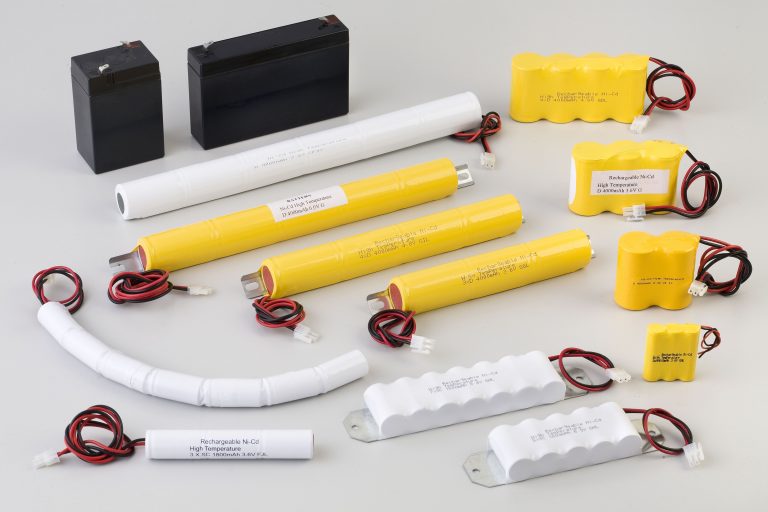The performance and lifespan of Nickel-Cadmium (Ni-Cd) batteries are heavily influenced by the environment in which they are used. Whether they are powering emergency lighting, radio transmitters, or electric vehicles, understanding the environmental factors that affect their operation is key to optimizing their use.
1. Temperature Sensitivity
One of the most important factors in the operation of Ni-Cd batteries is temperature. They perform best in a temperature range of 20°C to 25°C (68°F – 77°F). Exposing the batteries to high temperatures can accelerate the process of degradation of the active materials inside, which can lead to decreased capacity and failure over time. On the other hand, very cold conditions reduce the battery’s ability to deliver power efficiently. When using Ni-Cd batteries outdoors or in varying temperature conditions, it is crucial to ensure they are insulated or housed in temperature-controlled environments.
2. Humidity and Moisture Control
Humidity can also affect the performance of Ni-Cd batteries. Excess moisture in the environment can lead to short circuits or corrosion on the terminals, while extremely dry conditions can cause electrostatic discharge and potential failure. It is important to store and use Ni-Cd batteries in a dry, controlled environment. For outdoor or industrial use, a protective case or enclosure can safeguard the batteries from moisture-related issues.
3. Proper Charging and Usage Cycles
Nickel-Cadmium batteries are known for their ability to handle numerous charge-discharge cycles. However, this performance can be significantly impacted if the battery is subjected to frequent overcharging or undercharging in harsh environments. It’s essential to use battery management systems (BMS) that ensure the battery is charged within safe parameters. This includes controlling the voltage, monitoring the charge-discharge cycle, and preventing deep discharge, which could shorten the battery’s lifespan.
4. Exposure to Corrosive Gases or Chemicals
Ni-Cd batteries should not be exposed to corrosive gases or chemicals, as these can degrade the battery casing and the internal components. For instance, the presence of sulfur compounds, chlorine, or ammonia can cause significant damage. Industrial or laboratory settings should use proper enclosures to protect the battery from these harmful substances.
By understanding these environmental considerations, users can avoid premature battery failure and ensure consistent performance over time.


